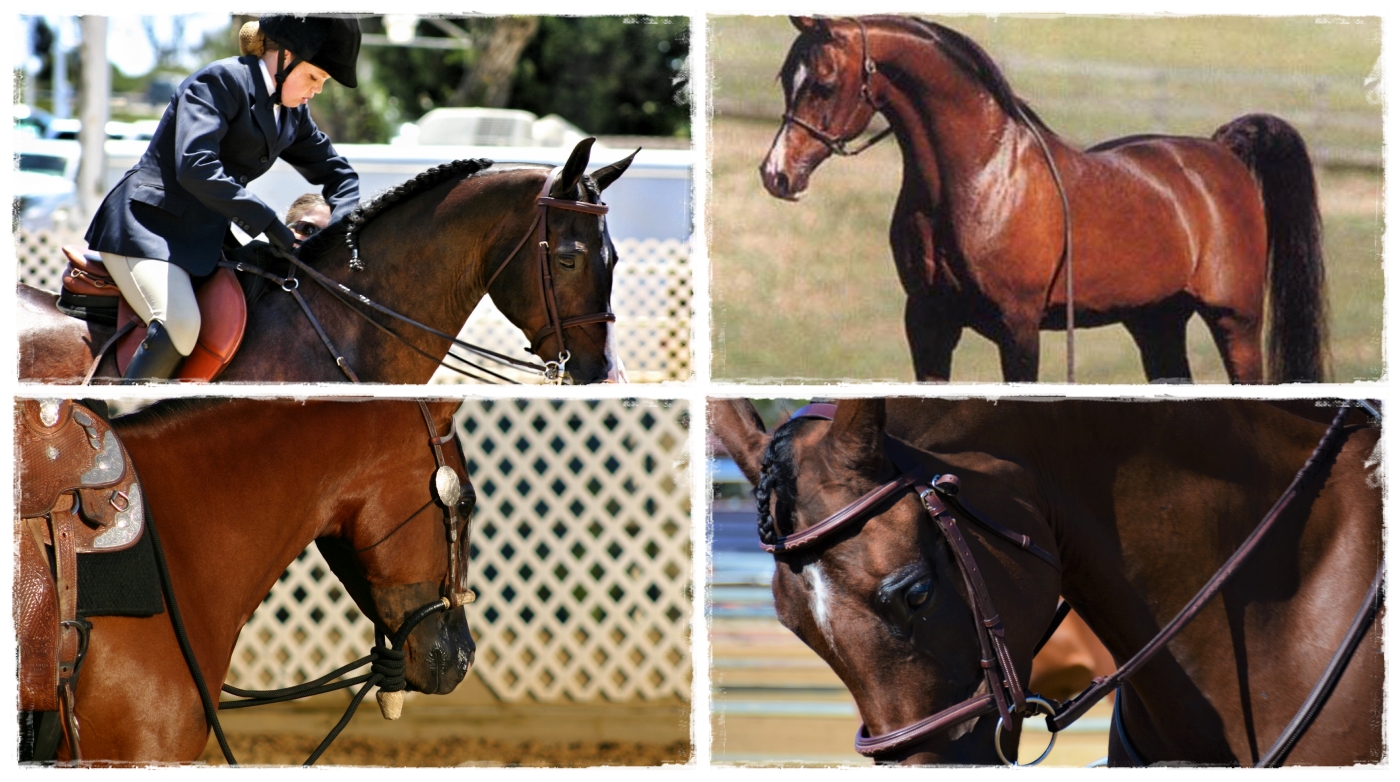For anyone who has been in the horse industry for any length of time, the idea of the “bombproof” horse is nothing new. In theory, this is a horse who is completely safe and sane in all circumstances with all types and levels of riders; indeed, not even a “bomb” could set off this fabled creature. Sales ads often use this terminology in an attempt to draw in buyers looking for that perfect horse, and unfortunately, many people are disappointed in the end.
“Bombproof Horse” – A Set up for Failure
By labeling a horse “bombproof”, one sets the horse up for failure. New horse owners are often lulled into a false sense of security, and upon purchase of said horse, a realization is usually made…Just as there is no such thing as a perfect human being, there is no such thing as a perfect horse. Saddest of all, the horses who are sold under these pretenses often end up unable to live up to their seller’s promise, and their purchaser’s expectations, and one more valuable equine life is unfairly undermined.
Here’s an Example
Recently, I met a woman who had purchased a horse for her daughter that was supposed to be “bombproof”. The horse was indeed a very kind animal with very few vices. He stood quietly for saddling and grooming, respected his handler’s space on the ground, and under saddle he was truly a gem in terms of taking care of his young rider. The woman had owned this little bay gelding for nearly three months when she came to me with tears in her eyes, saying that her daughter had been seriously injured over the weekend. “I just don’t know what happened; this horse was supposed to be bombproof,” the woman cried. I asked her to explain what happened, and it seems that her daughter had saddled the horse (unsupervised), forgot to tighten the girth, and while riding, the saddle began to slip, the horse stepped sideways as the saddle rolled, and her daughter got her foot caught in the stirrup. The horse shied to the side just enough to step on the little girl’s arm, breaking it in two places. It was a tragic series of events that had to occur in just the right sequence to create such a serious problem, but it was immediately apparent to me that what happened was not the fault of the horse, but rather the fault of an inexperienced, unsupervised rider.
The woman began to explain how the horse was an “unsuitable” mount, and that she was going to “dump him off” as quickly as possible. She was angry, and her feelings were understandable, considering the disservice that had been done by the person who sold her the horse, as well as the inexperienced trainers who had started her daughter out in the horse world. In fact, it seemed that everyone was at fault except for the little bay gelding, but he was the one who was going to end up paying the price.
Our First Responsibility is to Our Horse
As horsemen (and horsewomen), our first responsibility is to the horse itself; Not just our own, but to all horses who will suffer unless the horse community is properly educated. It is imperative that new horse owners are educated about “horse nature”. The best rider in the world can have a tragic accident, just as the best horse in the world can have a bad day. The best that we can do is teach proper horsemanship with a focus on understanding that horses are not to be treated as “big dogs”. They are powerful, unpredictable creatures that are still heavily influenced by instinct, and while we can mitigate the possibility for accidents and injury, we can never simply assume that a horse will act like anything but what he naturally is…nor would we want him to.
The Danger of Misleading Labels
Secondly, as a community, we must attempt to educate sellers on the importance of being completely honest when finding homes for their horses. Sure, tagging a horse as “bombproof”, “100% kid safe”, “100% husband safe”, etc., may garner a higher price tag, or get an ad more views, but it may also be the first step in sending a perfectly pleasant horse down the road toward disaster. So, while it is true that some horses are better suited as mounts for beginner riders, we must get away from misleading labels. As sellers, we should only relate the things that we know to be true, i.e. “good youth or a mature prospect”, “has been shown/ridden by children and beginner riders”, “no known vices”, etc. It is one thing to say “This horse has never bucked/reared with me.”, but quite another to say “This horse will not buck/rear with any rider.”.
Honesty is the Best Policy
In a world where it seems that many people look at horses as more “machine” than “mammal”, those of us who have been in the industry for long enough to know that all riders and horses are different in different situations (all riders and horses can have bad days), must be the ones to educate the community on proper horsemanship, the best way to choose a horse for someone’s specific needs, and the most honest and forthright way to advertise a horse for sale.





This is a great article. and the most important thing to remember is: There is ALWAYS another BOMB.